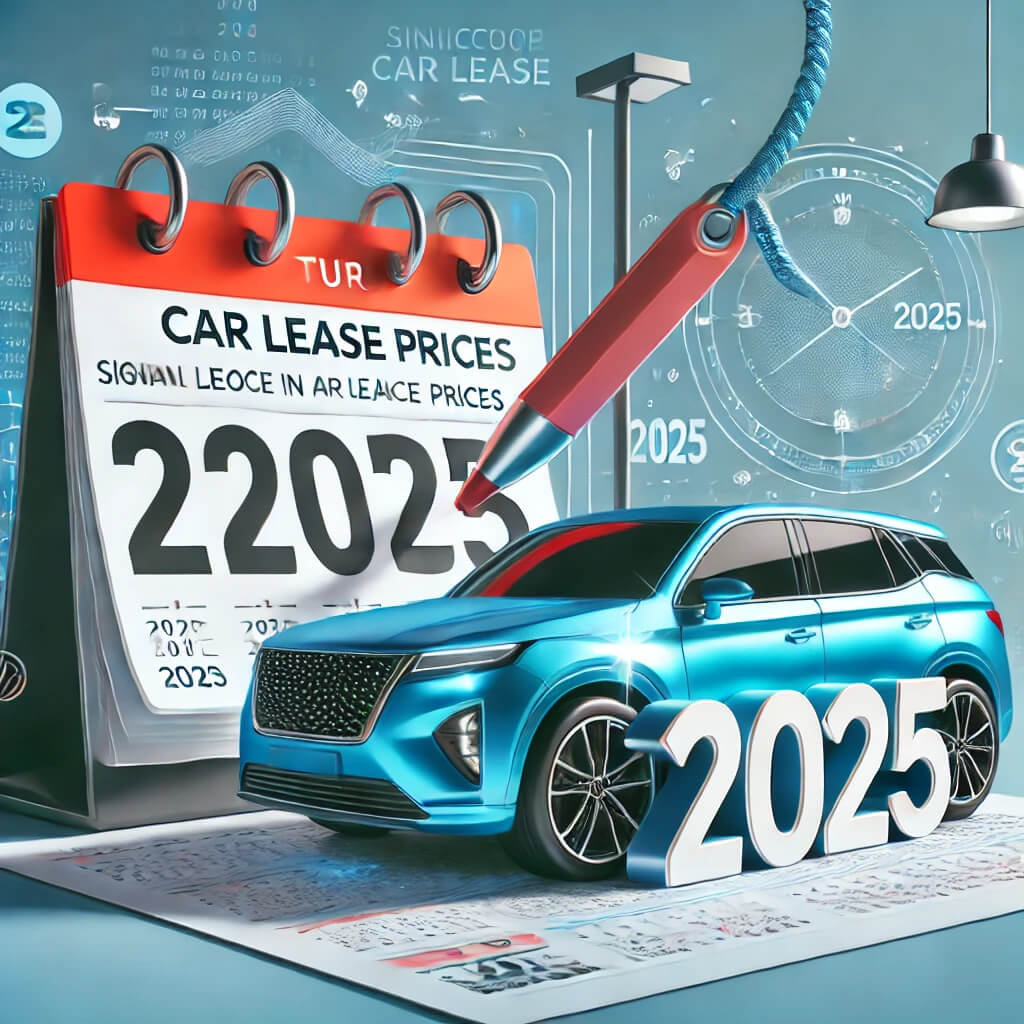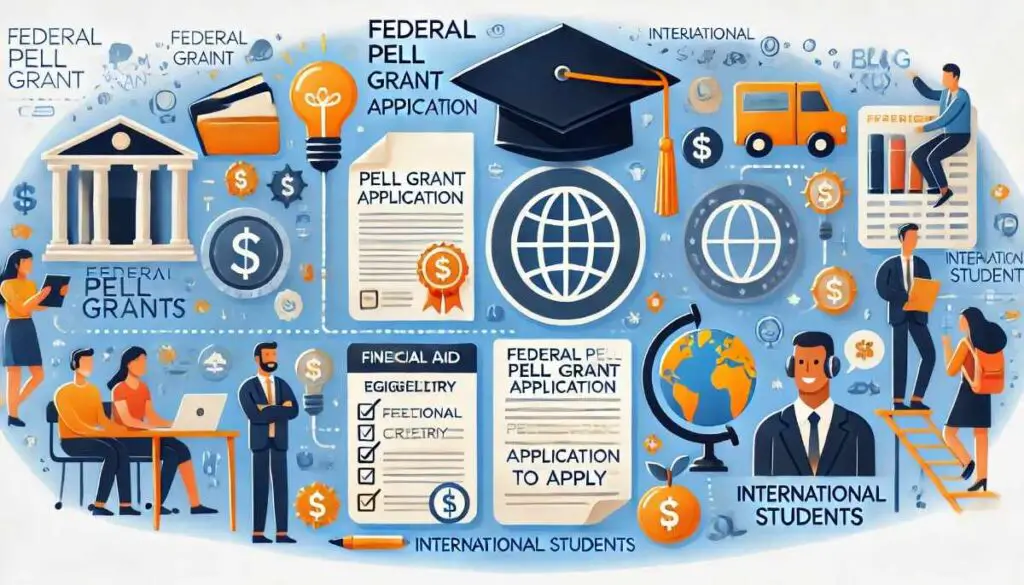In the realm of car leasing, the year 2025 is shrouded in uncertainty. As we delve into the intricacies of this market, we encounter a plethora of factors that could sway car lease prices in either direction. In this comprehensive analysis, we will explore the various forces at play, examining the factors suggesting a decrease in lease prices, as well as those pointing towards an increase.
Factors Suggesting a Decrease
1. Increased Inventory
The gradual resurgence of car production is a beacon of hope for consumers seeking favorable lease deals in 2025. In recent years, the automotive industry faced supply chain disruptions, leading to reduced vehicle availability. However, as global supply chains recover, we anticipate increased inventory levels.
This uptick in production can alleviate supply chain issues, thereby creating a more competitive landscape for lease offers. Dealerships, eager to regain lost ground, are likely to entice customers with attractive lease deals, driving down prices and benefiting savvy car shoppers.
2. Rising Interest Rates
One of the prominent factors poised to impact car lease prices is the Federal Reserve’s decision to raise interest rates. As interest rates climb, the cost of financing both car loans and leases is set to increase. This financial burden might deter some consumers from pursuing leases, thus pressuring dealerships to sweeten their deals to remain competitive.
In a bid to retain customers, dealerships may be inclined to offer lower interest rates and more enticing lease terms. Consequently, this factor could contribute to a decrease in overall lease prices.
3. Used Car Price Decrease
Recent market dynamics have seen a decline in the prices of used cars. This trend can exert downward pressure on new car lease prices. A reduced resale value for used vehicles may encourage consumers to consider leasing new cars instead, as the price differential between new and used cars narrows.
With dealerships offering appealing lease deals on new vehicles, the prospect of lower monthly payments and a new car every few years may lure customers away from purchasing used cars, thereby contributing to a decrease in lease prices.
Factors Suggesting an Increase
4. Lingering Supply Chain Issues
Despite notable improvements, global supply chain challenges may persist into 2024. These issues could limit the availability of new cars, keeping prices elevated. Dealerships may find it challenging to maintain competitive lease offers when faced with restricted vehicle supplies, potentially leading to an increase in lease prices.
5. High Demand
A formidable force working against the decline in car lease prices is the unabated consumer demand for vehicles, particularly SUVs and electric vehicles (EVs). This high demand, driven by factors such as shifting consumer preferences and environmental concerns, could offset the downward price pressure.
As consumers continue to seek these popular vehicle types, dealerships may have less incentive to lower lease prices, thus contributing to a potential increase.
6. Manufacturer Incentives
Manufacturers play a pivotal role in shaping the lease market through incentives. Their decisions are influenced by financial goals and market conditions. In 2025, manufacturers may adjust lease incentives to align with their strategic objectives, which could impact lease trends.
If manufacturers prioritize profitability over market share, they might reduce incentives, potentially leading to higher lease prices. Conversely, a focus on market share might result in more attractive lease terms to lure customers, contributing to a decrease in lease prices.
Overall Outlook
Predicting car lease prices for 2025 is akin to navigating a complex labyrinth. The interplay of factors suggests both a decrease and an increase in lease prices. Ultimately, the market’s dynamic forces, including consumer behavior, economic conditions, and industry developments, will determine the outcome.
For car shoppers in 2025, it is imperative to remain vigilant and stay informed about market trends. Comparing offers from different dealerships is a strategic approach to securing the best lease deal in a year marked by uncertainty.
Frequently Asked Questions (FAQs)
- Will increased car production lead to lower lease prices in 2025?
- Increased car production can create a more competitive landscape, potentially leading to lower lease prices as dealerships vie for customers’ attention.
- How do rising interest rates affect car lease prices?
- Rising interest rates can increase the overall cost of leasing, but dealerships may respond by offering more enticing lease terms to attract customers.
- Can declining used car prices impact new car lease deals?
- Yes, declining used car prices may encourage consumers to consider leasing new cars, which could contribute to lower lease prices.
- What are the chances of ongoing supply chain issues keeping prices high?
- Lingering supply chain issues may limit new car availability, potentially driving up lease prices.
- How does consumer demand for specific car types influence lease prices?
- High consumer demand for SUVs and EVs could offset downward price pressure, leading to stable or higher lease prices.
- Are manufacturer incentives a reliable indicator of future lease trends?
- Manufacturer incentives can fluctuate based on various factors, making them a valuable but not always definitive indicator of lease trends.
Additional Resources
For further insights and information on car lease prices and trends, consider exploring these reputable sources:
Conclusion
In a landscape rife with uncertainty, the path to securing the best car lease deal in 2025 is paved with knowledge and informed choices. By staying abreast of market developments, comparing offers, and leveraging the insights shared in this comprehensive analysis, you can navigate the ever-evolving car leasing market with confidence







